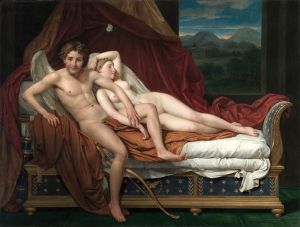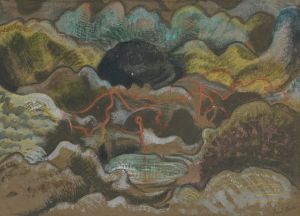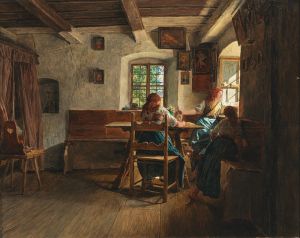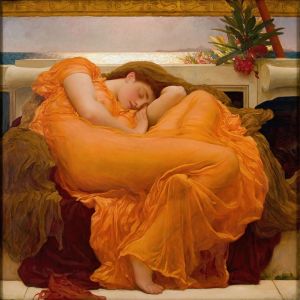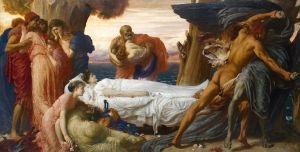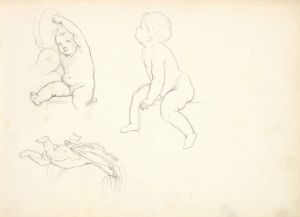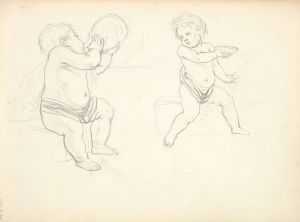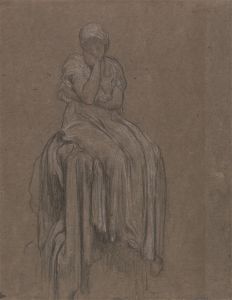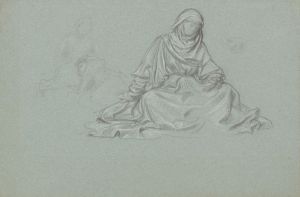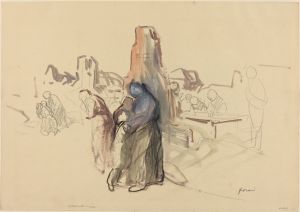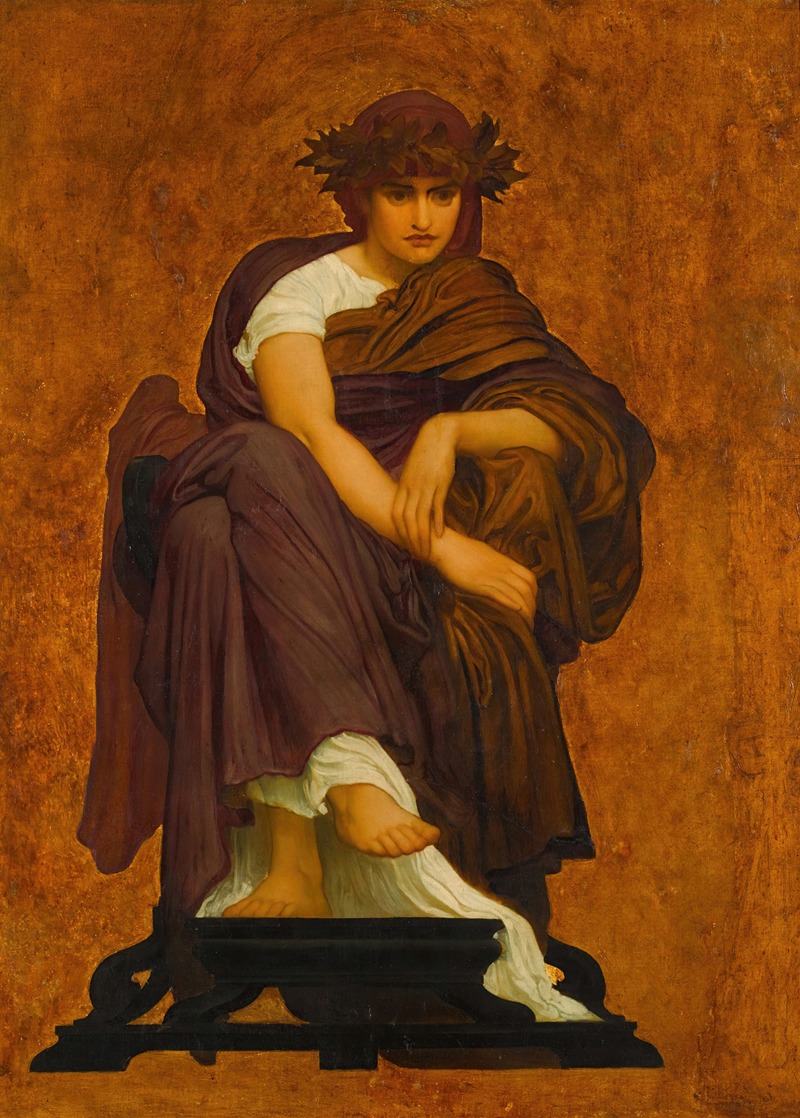
Mnemosyne, Mother of the Muses
A hand-painted replica of Frederic Leighton’s masterpiece Mnemosyne, Mother of the Muses, meticulously crafted by professional artists to capture the true essence of the original. Each piece is created with museum-quality canvas and rare mineral pigments, carefully painted by experienced artists with delicate brushstrokes and rich, layered colors to perfectly recreate the texture of the original artwork. Unlike machine-printed reproductions, this hand-painted version brings the painting to life, infused with the artist’s emotions and skill in every stroke. Whether for personal collection or home decoration, it instantly elevates the artistic atmosphere of any space.
"Mnemosyne, Mother of the Muses" is a painting by the British artist Frederic Leighton, who was active during the 19th century. Leighton, known for his association with the Pre-Raphaelite Brotherhood and his role in the Aesthetic Movement, created this work in 1881. The painting is an exemplary piece of Victorian-era art, reflecting the classical influences that were prevalent in Leighton's oeuvre.
The subject of the painting, Mnemosyne, is a figure from Greek mythology. She is the personification of memory and the mother of the nine Muses, who are the goddesses of the arts and sciences. According to myth, Mnemosyne had a liaison with Zeus, the king of the gods, which resulted in the birth of the Muses. These Muses were considered the inspirational goddesses of literature, science, and the arts, and they played a crucial role in the cultural life of ancient Greece.
Leighton's depiction of Mnemosyne is characterized by its classical style and serene composition. The artist's attention to detail and his ability to capture the grace and dignity of the mythological figure are evident in the painting. Mnemosyne is portrayed with a calm and contemplative expression, embodying the wisdom and memory she represents. The use of soft, muted colors and the delicate rendering of her draped garments contribute to the overall sense of tranquility and reverence in the piece.
The painting is also notable for its technical excellence. Leighton's mastery of the human form and his skillful use of light and shadow are on full display. The careful modeling of Mnemosyne's features and the subtle gradations of tone create a lifelike and three-dimensional effect. The composition is balanced and harmonious, with Mnemosyne positioned centrally and the background elements arranged to complement her figure.
"Mnemosyne, Mother of the Muses" is housed in the Leighton House Museum in London, which was the former home and studio of Frederic Leighton. The museum contains a significant collection of his works, as well as those of his contemporaries. The painting is an important part of the museum's collection and is frequently studied by art historians and admired by visitors.
Leighton's work, including "Mnemosyne, Mother of the Muses," is celebrated for its contribution to the revival of classical themes in Victorian art. His paintings often reflect a deep appreciation for ancient mythology and a commitment to the ideals of beauty and harmony. "Mnemosyne, Mother of the Muses" stands as a testament to Leighton's artistic vision and his ability to bring mythological subjects to life with elegance and sophistication.





